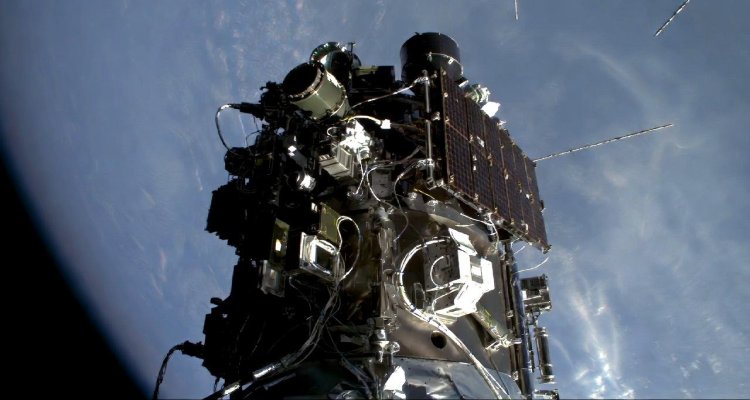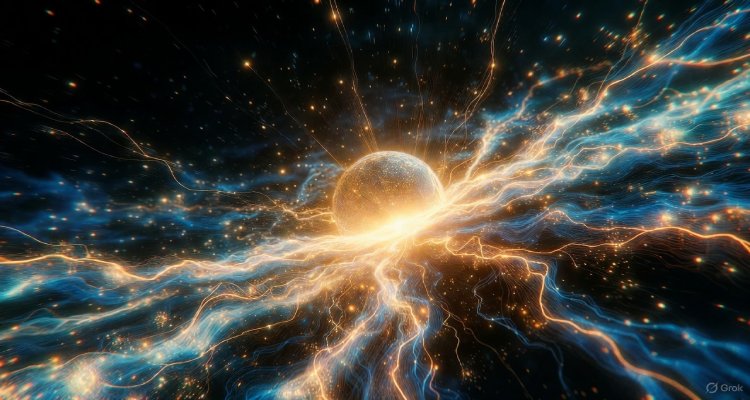Nocturnal Nations: Animals That Rule the Night
From stealthy predators to silent pollinators, explore the extraordinary world of nocturnal animals and how they’ve evolved to dominate the night.
Introduction: When the Sun Sets, the Wild Wakes
As dusk falls and human cities begin to quiet down, a parallel universe awakens. In the shadows of forests, deserts, oceans, and even backyards, creatures adapted to the dark take over. These nocturnal animals aren’t just surviving in the absence of light—they’re thriving. From the haunting call of an owl to the silent flutter of a bat’s wings, the night belongs to a diverse league of specialists. But what makes these creatures the rulers of the dark, and how are they adapting to a world that’s increasingly lit around the clock?
Context & Background: The Science of Nocturnality
Nocturnality isn’t just a quirk of evolution—it’s a powerful survival strategy. Animals have adapted to operate at night for a variety of reasons: to avoid predators, to exploit cooler temperatures in harsh climates, or to outcompete daytime species for resources.
These adaptations often include:
- Enhanced senses like superior hearing, heightened smell, and night vision.
- Specialized behaviors such as echolocation in bats and infrared vision in snakes.
- Camouflage and stealth, giving nocturnal predators the upper hand.
Globally, more than 60% of mammals are nocturnal, according to a 2017 study published in Nature Ecology & Evolution. And the diversity goes far beyond mammals—reptiles, insects, amphibians, birds, and even fish have developed nighttime adaptations.
Main Developments: The Nighttime Dominators
1. Owls – The Silent Assassins
Owls, with their dish-shaped faces and near-silent flight, are quintessential night rulers. Their exceptional hearing allows them to detect prey under thick snow or foliage, while their large eyes collect even the faintest moonlight. Species like the barn owl are so well-adapted that they can strike a mouse from over 100 feet away with eerie precision.
2. Bats – Echo Navigators and Pollinators
Making up nearly 20% of all mammal species, bats are the only flying mammals and key players in nocturnal ecosystems. Using echolocation, they hunt insects, navigate caves, and even pollinate night-blooming plants like agave and mangoes. The lesser long-nosed bat, for example, is essential to tequila production through agave pollination.
3. Big Cats – The Stealthy Predators
Lions and leopards, though majestic in daylight documentaries, are more active after dark. Their eyes are built with a tapetum lucidum—a reflective layer that amplifies light, allowing them to hunt with deadly efficiency in the dark. These apex predators rely on stealth, patience, and sheer power to ambush their prey.
4. Insects – The Hidden Majority
Moths, fireflies, and nocturnal beetles make up a vast portion of nighttime biodiversity. Fireflies communicate through bioluminescence—a spectacle that serves as a mating signal and warning. Meanwhile, hawk moths rival hummingbirds in their hovering abilities, feeding on nectar from night-blooming flowers.
5. Rodents and Marsupials – The Night Foragers
From desert kangaroo rats to urban raccoons, small mammals often rely on the cover of darkness to scavenge or forage while avoiding larger predators. Their nocturnal schedules help them thrive in habitats where daytime activity would be risky or inefficient.
Expert Insight: Light Pollution Is Disrupting the Dark
According to Dr. Kevin Gaston, a biodiversity expert at the University of Exeter, “Artificial light at night is one of the fastest-growing forms of environmental pollution. It fundamentally alters natural behaviors, from foraging to migration.”
Numerous studies show that increased urban lighting disorients nocturnal animals, suppresses their reproductive cycles, and affects predator-prey dynamics. For instance, sea turtle hatchlings, which once relied on the moonlight to guide them to the ocean, are now often drawn inland by streetlights—leading to high mortality.
Wildlife conservationist Priya Nair adds, “The challenge isn’t just saving animals, it’s saving the night itself. The natural rhythms of the dark are essential for ecological balance.”
Impact & Implications: A World Losing Its Night
The implications are profound. As artificial lighting spreads, nocturnal ecosystems are being fragmented and destabilized. Light pollution now affects more than 80% of the world’s population and over 99% of people in the U.S. and Europe.
Some countries, however, are taking action:
- France has enacted strict regulations on overnight lighting in commercial areas.
- South Korea launched a “Dark Sky Reserve” in Goseong County to preserve nocturnal wildlife.
- U.S. National Parks like Bryce Canyon and Big Bend are certified Dark Sky Parks, aiming to protect nocturnal habitats.
Scientists and conservationists are calling for greater awareness, better lighting technologies, and urban planning that considers nocturnal biodiversity.
Conclusion: Respecting the Realm of Darkness
The night has always been a realm of mystery, survival, and adaptation. For billions of years, nocturnal animals have fine-tuned their existence to the rhythms of the moon and stars. But as human light encroaches upon their world, their survival is becoming uncertain.
Preserving nocturnal life isn’t just about protecting owls, bats, or fireflies—it’s about maintaining the natural balance that sustains all life on Earth. As we learn more about the hidden world of these “nocturnal nations,” perhaps we’ll also learn to respect the darkness they call home.
Disclaimer : This article is for informational purposes only and does not substitute professional advice. Data referenced is from publicly available scientific sources and expert interviews.











